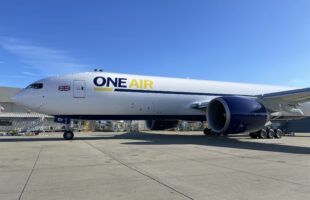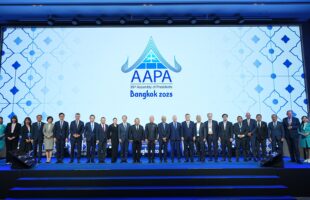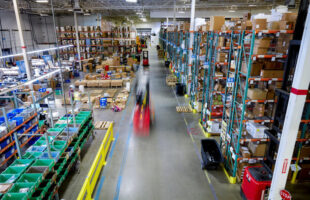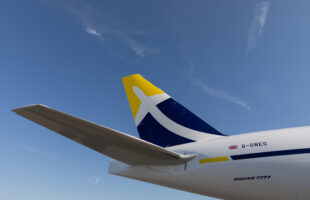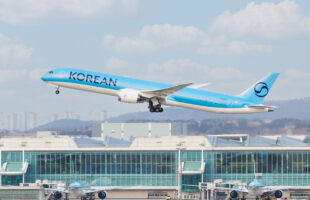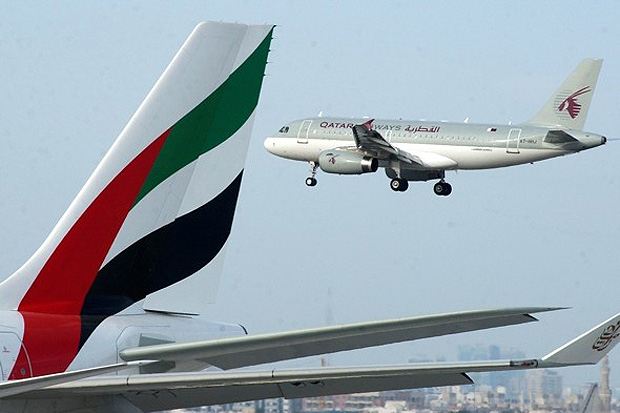
Boeing forecasts airlines in the Middle East will require 3,180 new aircraft over the next 20 years, valued at an estimated US$730 billion, with 70 per cent of the demand expected to be driven by rapid fleet expansion in the region.
According to the Boeing Current Market Outlook (CMO), single-aisle aircraft such as the B737 MAX will command the largest share of new deliveries, with airlines in the region needing approximately 1,410 aircraft.
Wide-body aircraft will account for a little under half of the region’s new aircraft deliveries over the 20-year period, compared to 23 per cent globally. This is demonstrated by the strong order book and deliveries for the B787 and B777, according to Boeing.
“Traffic growth in the Middle East continues to grow at a healthy rate and is expected to grow 6.2 per cent annually during the next 20 years,” said Randy Tinseth, vice president, marketing, Boeing Commercial Airplanes.
“About 80 per cent of the world’s population lives within an eight-hour flight of the Arabian Gulf. This geographic position, coupled with diverse business strategies and investment in infrastructure is allowing carriers in the Middle East to aggregate traffic at their hubs and offer one-stop service between many city pairs that would not otherwise enjoy such direct itineraries,” he added.
Boeing has forecasted long-term global demand for 38,050 new aircraft, valued at $5.6 trillion. These new aircraft will replace older, less efficient airplanes, benefiting airlines and passengers and stimulating growth in emerging markets and innovation in airline business models.



